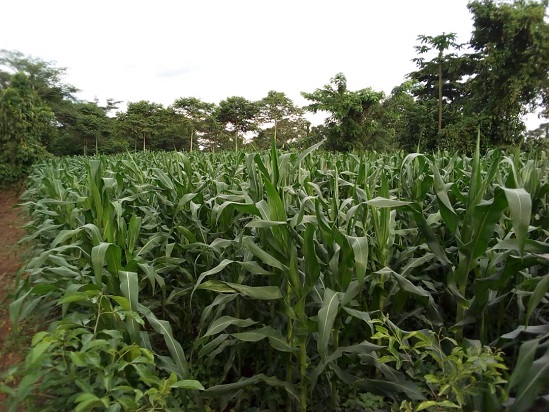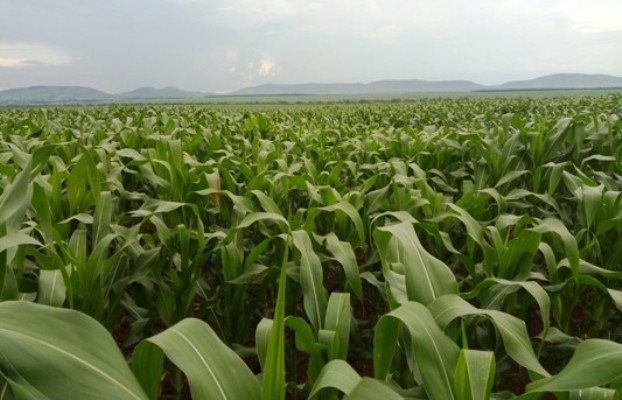The Uganda National Meteorological Authority (UNMA) has said that during March, April and May (MAM) 2024, the country is expected to experience near-normal (near average) to above-normal (enhanced) rainfall over several parts of the country.
However, UNMA warns that some areas of Southwestern, Eastern, parts of Central, and Lake Victoria basin are expected to receive above-normal (enhanced) rainfall.
In a statement issued on Friday, UNMA said the onset of seasonal rains is expected to be established around early March in several parts of the southern sector of the country (Southwestern, Central, Western Lake Victoria basin, and Eastern).
“It is expected to progress towards Northern and parts of the Northeastern areas of the country around mid-March. The onset is likely to be characterized by severe isolated thunderstorms associated with strong winds, lightning, and hailstorms over several parts of the country. After the onset, there is likely to be a disruption in the MAM rainfall by a dry spell around mid to late March,” said UNMA Executive Director, Dr. Bob Ogwang.
Dr. Ogwang revealed that currently, the Indian Ocean Dipole (IOD) is in a neutral state, while the El-Nino episode is weakening and tending to a neutral state.
“The combination of the two conditions is most likely to have less influence over the MAM Seasonal Rainfall performance,” said Dr. Ogwang.
He added: “The intra-seasonal variation of Madden Julian Oscillations (MJO) is likely to influence the spatial distribution of the MAM rainfall season at different time scales. The positioning and orientation of the Intertropical Convergence Zone (ITCZ) over the country is expected to significantly influence this season’s rainfall patterns. In the event of tropical cyclones occurring over the southwestern Indian Ocean, there will be a likelihood of disruption of the MAM rainfall. The local and regional features are likely to play a significant role in the MAM rainfall distribution.”
According to Dr. Ogwang, there is a high chance – the rainfall forecast is likely to perform from near normal to above normal, and that this is likely to affect economic activities especially agricultural production and food security.
“It should be noted that areas expected to receive near-normal rainfall does not mean that they will receive little rainfall. The implication of this is that these areas will receive rainfall within the average range of their long term mean and rainfall is expected to adequately support the normal socio-economic activities. It is also worth noting that localized episodic flash flood events may occur in areas that are expected to receive near normal rainfall as a result of isolated heavy downpours. Similarly, in localized areas expected to receive above-normal rainfall, poor rainfall distribution may as well occur,” said Dr. Ogwang.
To this, Dr. Ogwang advised the farmers to finalize land preparation and planting early in order to optimize all the available water and use of appropriate soil management practices and technology to control soil erosion and nutrient loss is encouraged in areas expected to receive above normal rainfall and in highland areas. Dr. Ogwang also appealed for proper seed and crop selection based on rainfall characteristics of this season with the aid of the agricultural extension staff at various levels is encouraged. He encouraged to practice water harvesting for micro-irrigation (where necessary), especially during dry spells.
According to Dr. Ogwang, the predicted rains require action in sufficient time and in an appropriate manner so as to take advantage of the information.
“This forecast should be used for planning in all rain-fed economic activities to improve economic welfare and livelihoods for all our communities in their localities. Uganda National Meteorological Authority will continue to monitor the evolution of relevant weather systems and issue appropriate rainfall alerts, updates, and advisories to the users regularly. This seasonal forecast should be used together with other forecasts such as daily, decadal, and monthly updates,” said Dr. Ogwang.





